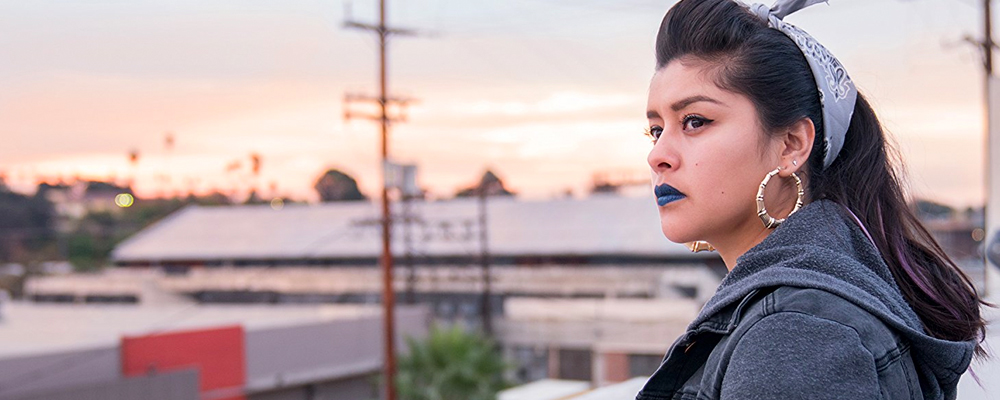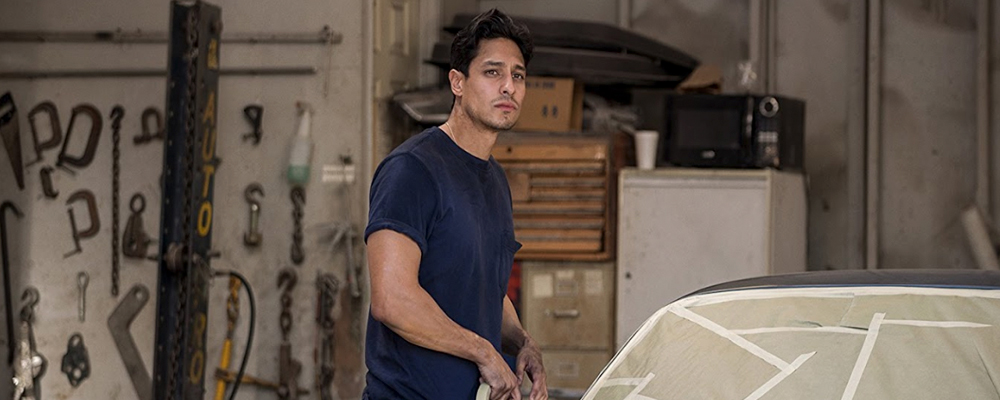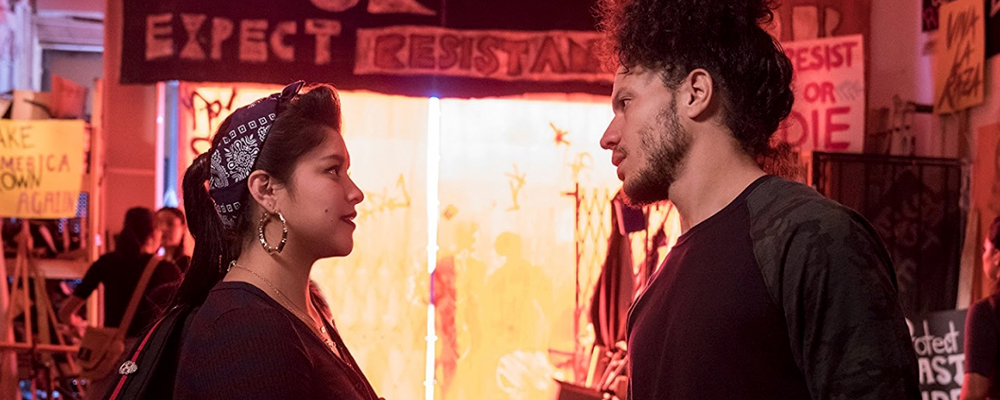‘Vida’ Captures Life in East L.A. Under the Shadow of Gentrification
Alci Rengifo
“Vida” follows two sisters as they deal with loss and class conflict in East Los Angeles. This new, vibrant drama by Starz brings a Latinx face to the recent batch of inner-city shows. In the spirit of recent titles like “Dope” and “Atlanta,” it journeys into corners of the country mostly ignored by mainstream television, telling their stories with style and grit. In “Vida” gentrification and the culture clashes that can take place within a community propel a narrative that also features universal themes. But for many viewers this will be the show to watch to understand the lifestyles, struggles and cuisines of that Chicano part of Los Angeles where you really need to polish your Spanish.
As the series premiere opens, an aged woman named Vidalia drops dead on a bathroom floor. We are then introduced to a very proper young woman named Emma (Mishel Prada) who flies into East L.A. from Chicago. Vidalia was the mother of Emma and her sister Lyn (Melissa Barrera). Emma was mostly estranged from her mom, choosing to seek professional success and status away from home. Lyn stayed in the neighborhood, working in what she can and hoping to one day open her own business. Emma is surprised find out that Vidalia had a roommate, the non-binary Eddy (Ser Anzoategui). During the memorial services, Lyn hooks up with her now engaged ex Johnny (Carlos Miranda) and discovers that Eddy is actually Vidalia’s wife. This rattles Emma, including a will in which Vidalia leaves the sisters and Eddy the building she owned, with the specific detail that they must split the profits three ways. This puts the sisters squarely into the ongoing battle over gentrification, as old properties are scooped up by developers who seek to build expensive housing for trendier crowds. Emma quickly gets an offer from a local shark named Nelson (Luis Bordonada), but Lyn warns that many of the tenants are undocumented and would be left with few options if they sell.
Created by Chicago playwright and TV writer Tanya Saracho, “Vida” never feels less than authentic. It is stripped of stereotypes or a distant gaze. Instead it feels like a show that knows the world of its characters inside out. East L.A. comes to life here as never before on cable television, with its blemishes and color left intact. It is a detailed rendering of Chicano culture and its socio-economic layers. Emma is the Latinx who believes success and respect comes from leaving her roots, looking down at those who stayed and calling them “stuck.” Yet she mocks Lyn for speaking bad “pocho Spanish” and moans a little too much when munching on authentic tacos. And of course Lyn’s business plan is to sell “Aztec-inspired lotions.” Anyone who has lived in a Latinx home will grin and nod at the memorial scene where mountains of food, especially rice and beans, are served and a big flan spread is the chief décor of the dessert table. The room will also be packed with names who disappear for years, only to suddenly emerge at the moment of tragedy. Saracho’s script also captures with sharp subtly the way Chicano culture starts mingling with emerging hipster trends. In an early scene Eddy serves Lyn a big, beefy Mexican meal. She frowns and states, “I’m a vegan.”
Another groundbreaking feature of “Vida” is how it focuses on female characters to drive the narrative. In a society where patriarchy remains very strong women suffer few fools. Emma and Lyn are both written with individual but insightful personalities. Eddy is a unique representation of the emerging gender diversity in Chicano culture. The key male figure in the season premiere, Johnny, is a bit hard to read but is recognizable as that guy who is engaged, but won’t pass up the opportunity to have sex with his ex (“I’m such a pendejo” he whines afterwards). Lyn corners him and makes it clear that he’s no idiot. He knows what he’s doing. These are characters intolerant of hypocrisy from the males.
Gentrification becomes the underlying theme of the plot in the first episode. It is also the story’s way of exploring the different social facets of Chicano life. When a white TV reporter does a story on a local taco joint, a fiery young activist Mari (Chelsea Rendon) interrupts, calling the reporter a colonizer. In the episode’s opening scene Mari films herself making radical, anti-gentrification statements, quoting Zapata before a distant adult voice calls her to make food. Later on she will slam Emma as a “bougie puta.”
Visually “Vida” is also an example of elegant grit. The visual style of the series films East L.A. in soft colors and beautifully framed compositions. In the spirit of films like “Sin Nombre” and “A Better Life,” the look of the show gives the lives of its characters a rich tone, a sort of urban poetry.
The television renaissance has proven to be a wonderful platform for stories about everyone. “Vida” dramatizes the Latinx experience with a human touch and a sense of storytelling that will hopefully have wide appeal. Like cinema, good TV takes viewers into the lives of others, because the more we understand our neighbors, the better we can understand ourselves.
“Vida” season one premieres May 6 and airs Sundays at 8:30 p.m. ET on Starz.



